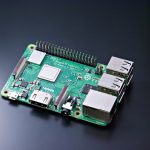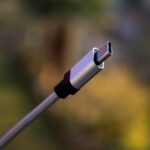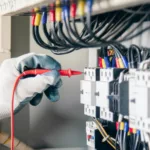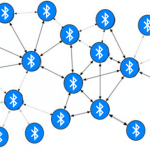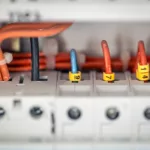
IoT platforms

An IoT platform has a lot of different meanings depending on who you are talking to in the IoT ecosystem. To hardware vendors, embedded boards are the IoT platform is where one can write their IoT applications. For cloud service providers, infrastructure is a platform where developers will consume data from sensors and create applications.
For clarity, we will refer an IoT platform as the middle ware layer that collects data from sensors and other devices and then produces meaningful results and carries out necessary action based on the insight. An IoT platform should offer device SDK OR APIs through which developers could connect a hardware platform and access their cloud-based services.
How to pick the right IoT platform
In a world where every platform provider claims to offer faster, smarter and better than their competitors, one needs to have technical parameters which they can use to evaluate the platforms at their disposal. Below are five factors you should consider when evaluating IoT platforms.
Scalability

As your business grows the number of connected devices grows. The more the devices the more complex it becomes to handle them. When it gets to such a point, the solution is usually to divide and conquer. This is achieved by creating load balancers and distributing the load over several servers through clustering. The problem with doing this is that it increases latency between the node to node communications. IoT platform providers are usually sharing infrastructure with other customers hence increased the load on one customer has the potential of affecting the other customer. As such, you need you should ask your potential provider to provide you with a validation tool like IoTIFY to ensure that they can handle the scalability of your system.
Bandwidth

IoT usually runs over public cloud platforms like AWS or Google hence the underlying bandwidth is based on infrastructure limitation. Ensure that your platform provider has a large data pipe that can handle your operation and planned growth.
You May Also Like This : “Microchip Announces An Innovative IoT Security Solution“
Protocol

MQTT and HTTP the common protocols supported by IoT platforms at the moment. AMQP and CoAp are steadily gaining popularity as well. As you grow, your system could evolve and your provider should be able to accommodate and support your new protocol with ease.
System performance

IoT platforms support rule-based triggers that are activated the moment an event happens. As additional devices connect to the cloud, the time it takes to handle and analyze each event increases. Ensure that your provider’s platform is not congested already. If your preferred provider supports email notification or integration with 3rd party systems it is prudent to ensure that these integrations are reliable and do not create more latency.
Security

Security has certainly been one of the biggest hurdles IoT has had to overcome. Miria botnet is one of the most recent reminders of how a security breach can be disastrous. Ensure that your provider offers comprehensive tools for security. These tools include encryption, methods of authentication and user-based access control layers as well as logging.









